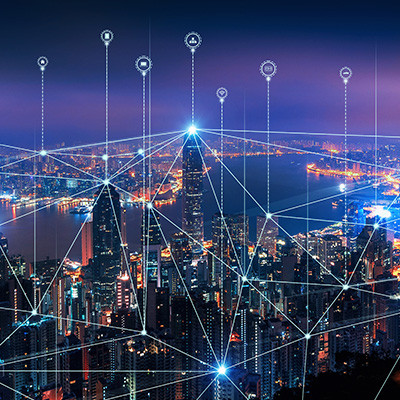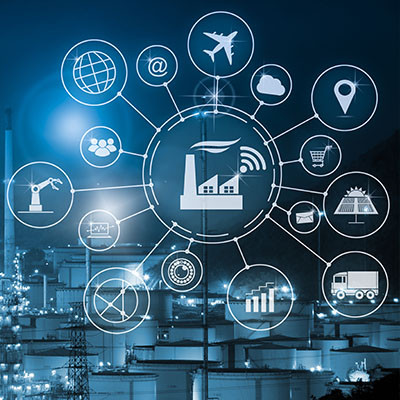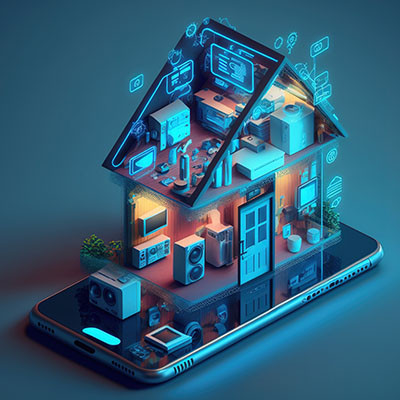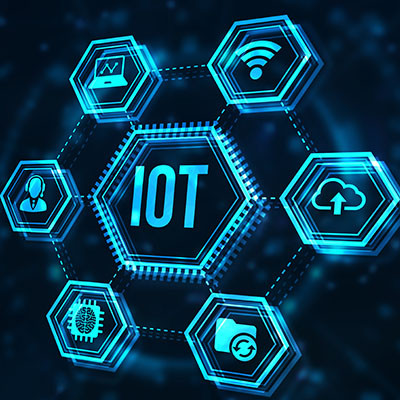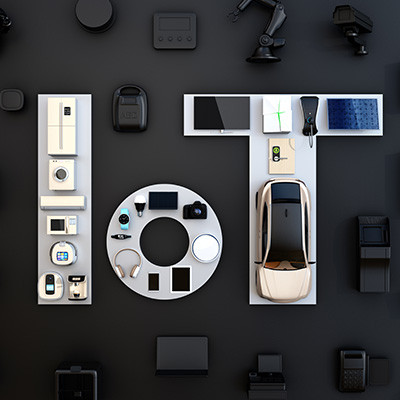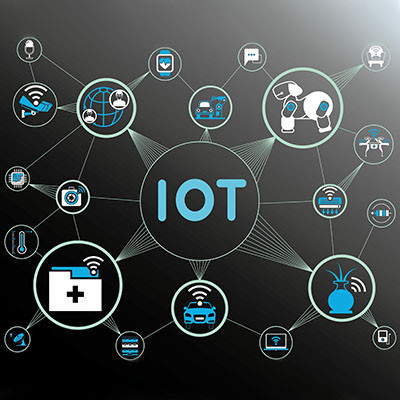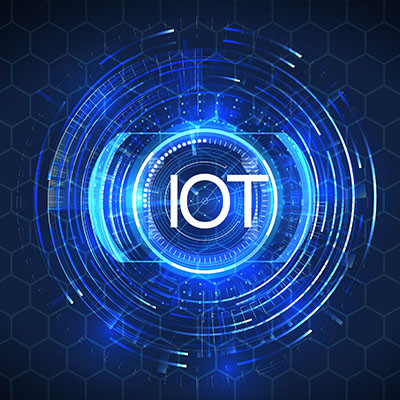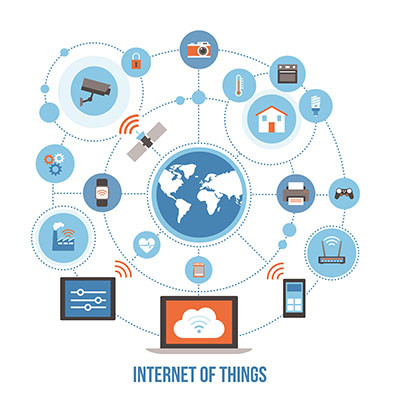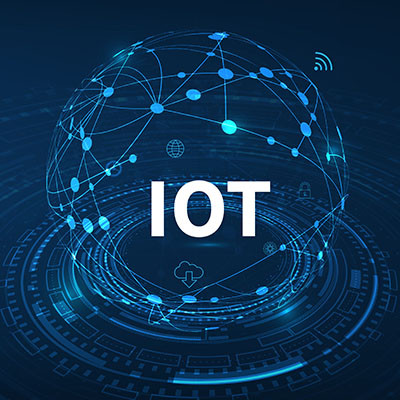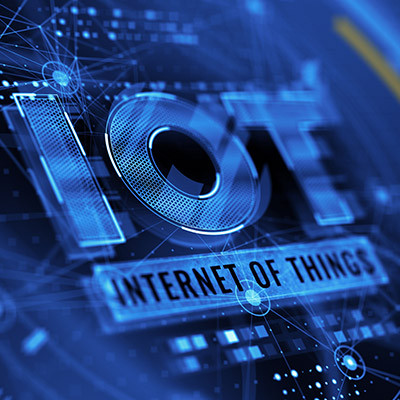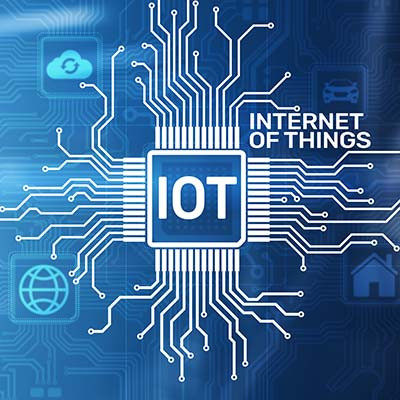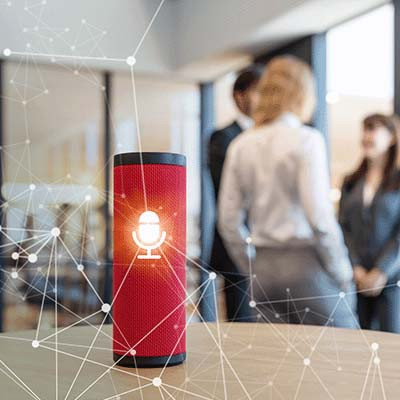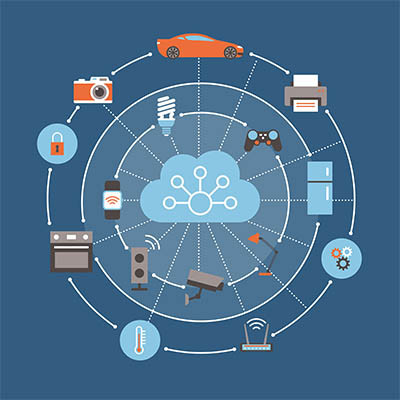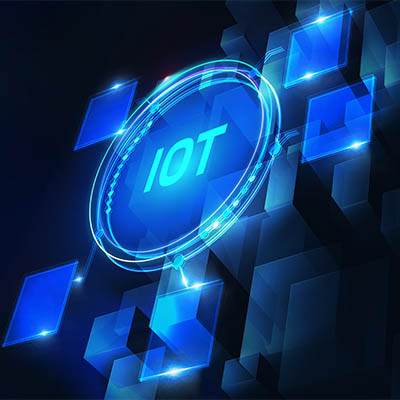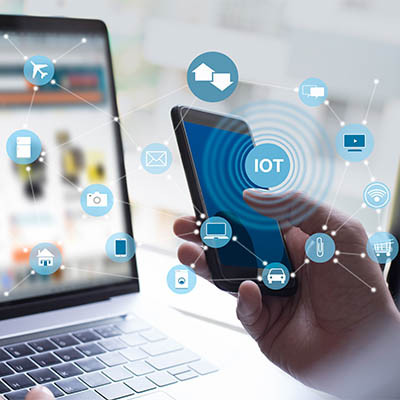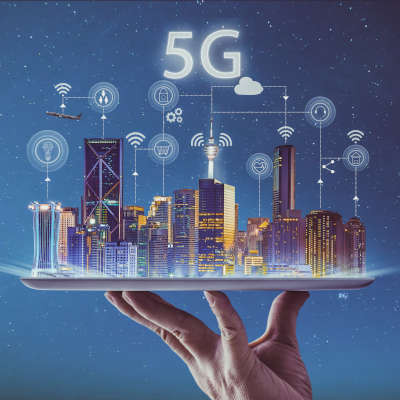Did you watch the big game this year? Chances are that if you did, you got to witness all of the spectacles that the event had to offer, including a lot of technology that enriched the experience, whether you realize it or not. The National Football League has implemented emerging technologies that have helped solve persistent challenges over the years. Let’s explore some of these technologies.
Datalyst Blog
Technology can be a huge benefit or an annoying hindrance for a business. It really depends on how it is maintained or used. Just like the PC in the 1980s, Internet access in the 1990s, and the advent of social media over the past decade or so, there are a couple interesting technologies that, if properly used for business, can bring substantial value for workers, customers, and the organization as a whole. Let’s take a look at three of them.
Technology has touched nearly everyone over the past decade or so. More is done using technology than ever before. In this week’s blog, we go beyond individual uses of technology and discuss how technology is going to be used to improve infrastructure and the delivery of services that we take for granted.
By now you’ve heard of the Internet of Things. It consists of all of the Internet-connected devices found on a given network. Different types of businesses have different ways that they can use the IoT. This month, we thought we would discuss the Industrial Internet of Things (IIoT) and the ways modern manufacturers use it to make big changes to their businesses.
The Internet of Things is everywhere and that means that it’s important to understand how much of a potential security risk these devices can be. From smart speakers to smartphones, it's important that you understand how these devices can create problematic situations. In this week’s blog we will discuss how you can protect yourself against IoT vulnerabilities at home.
Business technology has grown so much over time that it’s practically unrecognizable compared to some of the original solutions. The Internet of Things has given businesses more opportunities to automate processes and build efficiency into their IT infrastructure, and in more ways than one. Let’s look at how businesses use the Internet of Things and what you might accomplish with it.
There has been a lot made about the Internet of Things (IoT) recently. The IoT is basically technology that connects to the Internet or your network and offers some sort of specialized task. Think smart light bulbs, mobile devices, monitoring tools, and other appliances that traditionally aren’t connected to the Internet. For today’s businesses this can bring several pros and cons to the table. This month, we thought we would take a brief look at some of the pros and cons of deploying IoT technology in the workplace.
The Internet of Things, or IoT, has grown to over 14 billion connected devices as of this year, and this number is expected to exceed 20 billion devices by the end of 2026. With such a shocking number of devices, you might wonder what types of devices are out there and what they mean for your business. Let’s look at the IoT and what you need to know to keep it at the top of your mind this upcoming year.
The Internet of Things is one of the largest transformations in technology over the past several years. The average business may think that it is far too expensive and complicated to actually implement these tools, but with some decent planning and consideration it can actually pay for itself pretty rapidly. This month, we will go into how organizations can utilize IoT, what solutions make the most sense, and how IoT can bring a significant ROI.
The Internet of Things (IoT) is one of the most interesting technology markets emerging for small and mid-sized businesses for some time. It can cut down on a lot of time and effort in several different functions of your business. We’d like to spend some time this month taking a look at some of the ways small and mid-sized businesses are utilizing the IoT.
The Internet of Things is growing at a rapid pace, and you have to take it into account if you want to maintain a safe and effective office infrastructure. Thankfully, you don’t have to do this alone; we’re here to help you with three key tips to help you get the most out of your Internet of Things devices without putting your organization at risk.
The Internet of Things is a collective body of connected devices that perform various functions, most of which are devices that traditionally did not utilize Internet connectivity in the past, like thermostats or appliances. However, the Internet of Things can be used for so much more than controlling the heat in the office while you are away; it can be used to automate and manage a supply chain, too.
In today’s day and age, there are countless connected devices, many of which are some that have historically not been connected to the Internet. These devices, which comprise a computing body called the Internet of Things, have made up a significant portion of cyberattacks in 2021. The primary perpetrator of these Internet of Things attacks might be what you least expect: the smart home.
Over the past couple of years, more and more people are using smart speakers to help them manage their day-to-day lives. Some people use them as their personal assistants, some just use them to help them remember things they would tend to forget otherwise, others just use them as extremely complex thermometers. Regardless what the use is, one question will always be near the surface about these devices: Are they secure? Let’s take a look at the many issues surrounding smart speaker security.
Smart devices have brought about unprecedented amounts of connectivity in aspects of running a business or owning a home that never could have been dreamed of in the past. People can now unlock their front doors, turn up their thermostats, and even switch the lights on and off through their smartphone. Unfortunately, the part that people don’t like to talk about with these applications and devices is security—big surprise, right?
In today’s ever-connected world, many devices are capable of utilizing an Internet connection to share and access information, including some rather unorthodox ones. All of these devices contribute to the greater collective which is referred to as the Internet of Things. While this type of unprecedented connectivity can be a great boon for businesses, it also represents great risks for business owners who do not take it seriously.
A lot has been made about 5G and the way that it is going to significantly alter what is possible, without much mention about the other technology that will fuel this complete digital transformation. We thought that we would talk a little bit about smart technology, how your business can use it to your advantage, and what this technology needs to do to be ready for the world to come.
For the past several years there has been a steady stream of news hitting the public consciousness about the Internet of Things (IoT). IoT are all the “smart” devices that have been on the market. Some are designed to make managing your utilities more effective; some have been rolled out for businesses to make inventory management and distribution more efficient; some are just commercial products that provide ease of use or analysis that can make a person’s life easier. What you are beginning to see are these smart devices rolled out for more important purposes. This month we wanted to dedicate an article to the innovations we are seeing in the IoT, and how they are ultimately going to change the way things are done.
Few technologies in our time have been as anticipated as the fifth generation of wireless communications. 5G, as it is colloquially known, is promising to bring a whole new level of automation to society and business. One place 5G is sure to make big waves is with the Internet of Things, the billions of smart devices and services that are increasingly being leaned on as a new economy emerges. Today, we will take a brief look at 5G’s current state, its capabilities, and what it means for the future of the Internet of Things.



